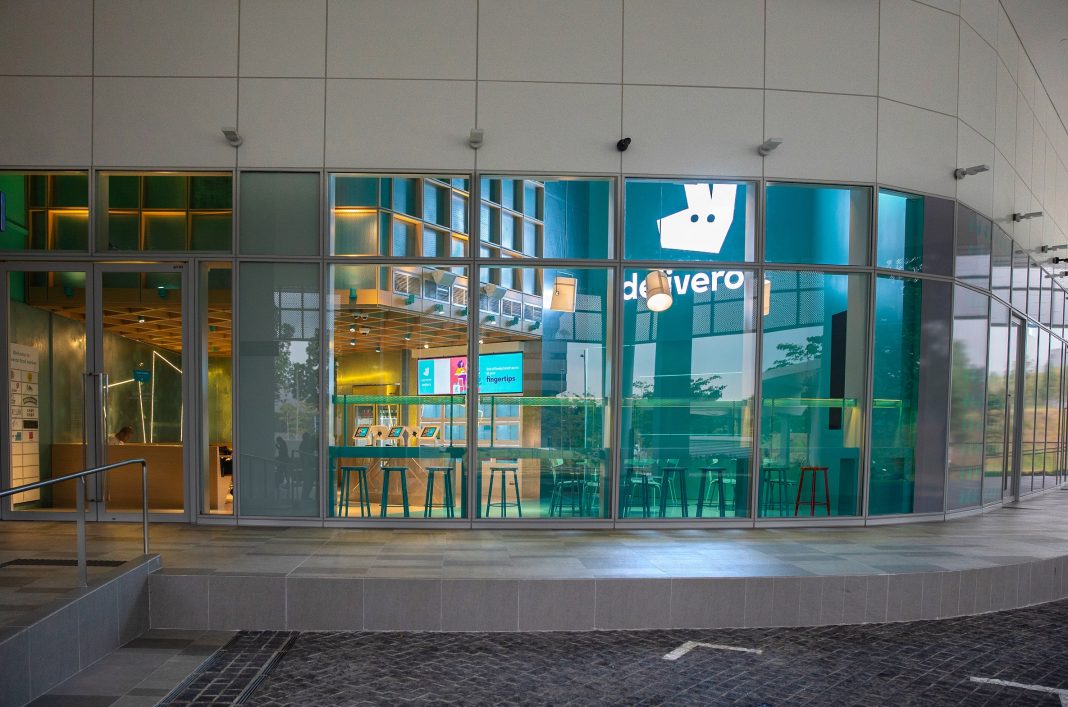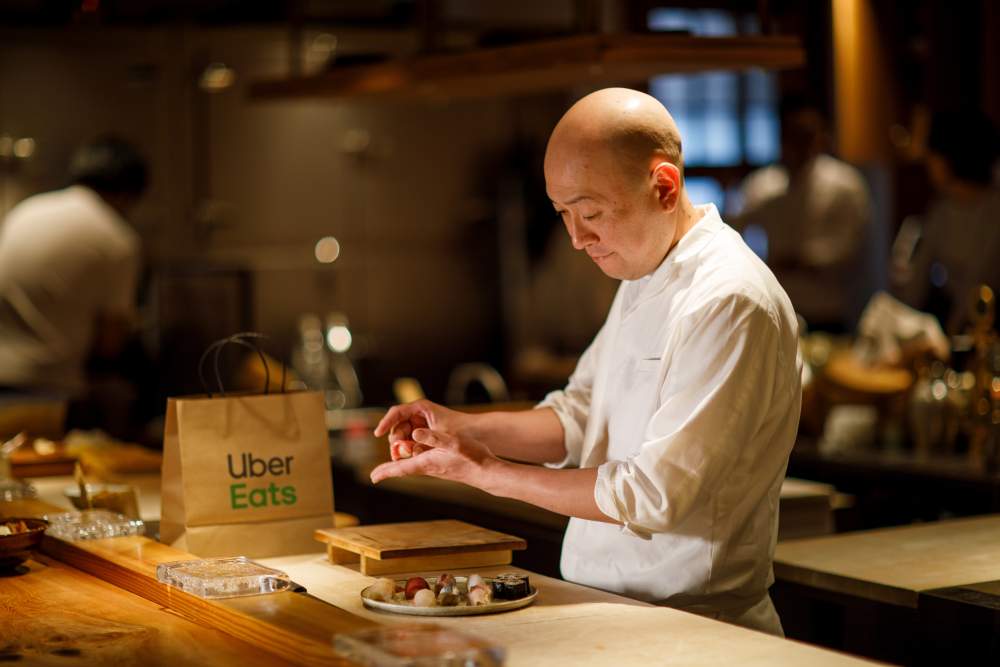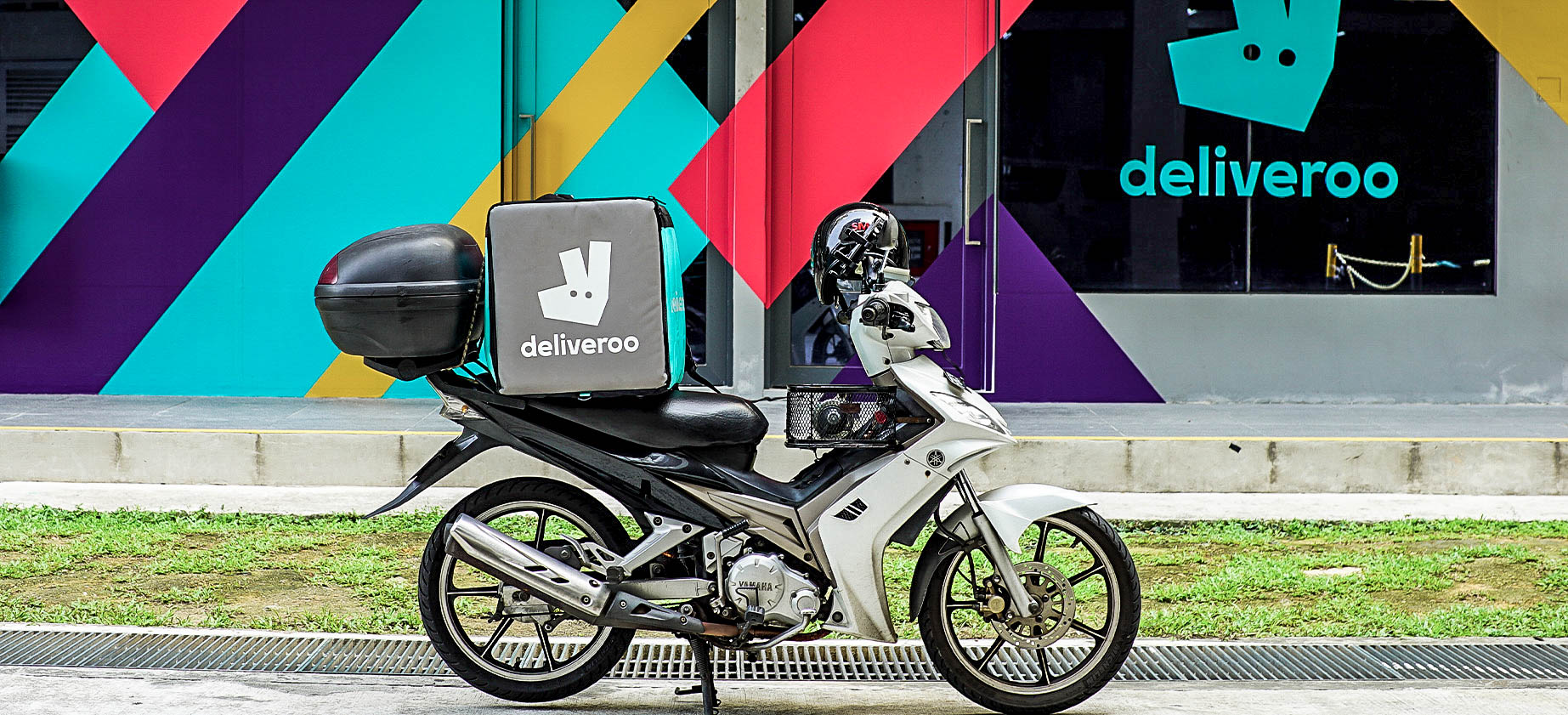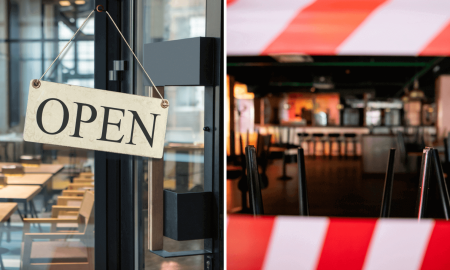For many homeowners in Manila, the sudden disappearance of honestbee in April this year left them confused. When the online grocery delivery service from Singapore launched in the Philippines in 2017, customers welcomed the convenience of getting their groceries delivered without leaving their homes and avoiding the heavy traffic in the metropolis. Now the app has halted operations temporarily in the Philippines due to funding issues.
According to reports, honestbee is nearly out of money and trying to offload its business, initiating talks with Asian industry leaders Grab and Go-Jek. Apart from pausing operations in the Philippines, honestbee closed its R&D centres in Vietnam and India, suspended Singapore, Hong Kong, and Thailand operations while it failed to make payroll in some markets. It reportedly owes some suppliers money and has seen executives quit recently. With its head office in
Singapore, and operations in Hong Kong, Thailand, Indonesia, Taiwan, Philippines, Japan and, Malaysia, the future of honestbee remains uncertain.
This bleak financial news with honestbee comes as a surprise not just to consumers, but also for the food and tech industries. According to Statista, a German market research company, the global online food delivery market is worth US$95bn. It is projected to grow by more than 11% annually through 2023. The boom is most evident in Asia, where the online delivery market is estimated at about US$53bn, more than half of the global demand. The data identified that Asian families are increasingly reluctant to leave their homes to eat. China’s food delivery market is the fastest growing, now worth US$37bn.
Charting the lazy economy
Daisy Li, food and drink associate director China with market research and insight firm Mintel refers to the development as the rise of a lazy economy – a term referring to a new type of consumption demand driven by people being willing to pay extra for products and services that could help them save time and effort. “As the pace of life accelerates, Chinese people spend increasingly more time on working, commuting and socialising, and are more reluctant to spend time on brick-and-mortar shopping, cooking and house cleaning,” she explains.
“On one hand, consumers’ expectation for convenience has risen thanks to quickly growing e-commerce and delivery services. On the other hand, foodservice providers are empowered by delivery services, which are now able to have closer access to consumers. Consumers can choose to order freshly made meals, snacks and drinks through their smartphones, whereas before they could choose from only packaged food and drink products.”
In contrast to honestbee’s woes, two food delivery companies in Asia are celebrating huge investment wins. Dahmakan, a cloud-kitchen start-up in Malaysia just announced the closing of over US$5m round of funding with existing and new investors.
It is important to note that there are different types of online food delivery services. Most popular are the food ordering platforms such as Deliveroo, Uber Eats, GrabFood, Zomato, Go-Jek’s Go-Food, and Foodpanda.

Image: Deliveroo
Founded in 2015, Dahmakan aims to cut out the middleman and pass back savings to its customers. Through vertically integrating the entire value chain from food production to delivery, it succeeds in making food delivery affordable to office workers in Malaysia, and soon in other Asian countries.
Coinciding with Dahmakan’s news is Grain’s big announcement. Starting out as a healthy food delivery in Singapore in 2014, it raised US$1.7m in 2016. It offers four different meals daily, with a weekly rotation priced between SG$9.95 to $12.95 (approximately US$6.90 to $9) with varying delivery fees. Last year was profitable for Grain. Unlike other delivery services that have many moving parts out of its control, such as the restaurant and the delivery people, this model controls the entire product. In April Grain announced clinching US$10m funding led by Thailand’s Singha ventures.
With Grain’s success in Singapore using this full stack approach, it plans to build out the same approach in Southeast Asia. Currently delivering thousands of meals daily in Singapore, eight-figure sales per year, over a hundred strong staff, and now the backing of Singha, Bangkok could be the ideal place to launch Grain next. Dahmakan is said to also have its eyes on Bangkok for its first expansion. But Indonesia is another notable market – Go-Jek’s food delivery business Go-Food claims to be the second busiest on-demand food delivery service in terms of numbers of transactions in the world.

Image: Uber
The ghost at the feast
The successes of full-stack companies Grain and Dahmakan are excellent examples of an emerging trend towards ghost restaurants in Asia. Ghost restaurants is the name given to restaurants that exist only virtually. In China, virtual restaurants are already rapidly expanding. This trend began in New York and Chicago a few years ago after the debut of Uber Eats and Grubhub. The trend has caught on in several Asian cities.
One advocate of ghost restaurants is Uber Founder Travis Kalanick who is working to bring his LA-based CloudKitchens venture to China. The trend has reached India where Uber Eats has partnered with Indian Chain Coffee Day to launch a network of delivery-only virtual restaurants. Uber Eats will tap into the Indian coffee chain’s vast network of more than 1,700 outlets in India.
In Tokyo, where real estate costs are high, opening a restaurant is a risky financial endeavour. Ghost restaurants are gaining traction, allowing new restaurateurs to utilise an online presence without spending much on physical space. This set-up enables them to operate at a fraction of the cost. In many Asian cities where rent is expensive, as is the case in Tokyo, a successful ghost restaurant can transition into operating a full-service restaurant.
It is interesting to note that Dahmakan and Grain started out catering to health markets. In Thailand, Darin Supathong, founder and CEO of Indie-Dish, former lead designer at Amazon’s user-experience design team, returned home to Bangkok to start-up this website and mobile app allowing customers to order from more than 300 healthy menus from more than 50 vendors in the city. A year after its beginnings in 2017, Indie-Dish started creating their own selection of Thai dishes using all-natural and healthy ingredients.
Singapore’s crowded online food delivery market with international players such as Foodpanda, Deliveroo, and Uber Eats, and Singapore’s own GrabFood, plus the entry of new players make it a very competitive market. Customers are lured with discounts by dropping delivery charges, or having no minimum orders. GrabWheels launched scooter subscription for food deliveries.
Ultimately, customers in Asia will benefit most from this food-delivery boom. It enables them to order from a huge range of restaurants, with numerous food options to fit their budget. Food delivery companies now compete on matters of speed of delivery, options of food and convenience. With the success of start-ups Grain and Dahmakan, it appears these full-slack companies are on to something. Having full control of the business from creating the food to delivery, they are able to lower costs.
But the biggest take-away is this: online food delivery is becoming an integral part of contemporary lifestyle in Asia. It is a market that welcomes convenience. It is no longer just a luxury, but a service Asians have quickly grown to depend on. “Foodservice brands, such as Starbucks and McDonald’s, have started to expand their businesses by joining with delivery services that deliver freshly made food and drink to consumers who live or work nearby,” says Mintel’s Li.
“As foodservice products are increasingly expanding to more consumption occasions, consumers are facing more food and drink choices than ever before. This poses a threat to packaged food and drink products by stealing the share of stomach.”
















